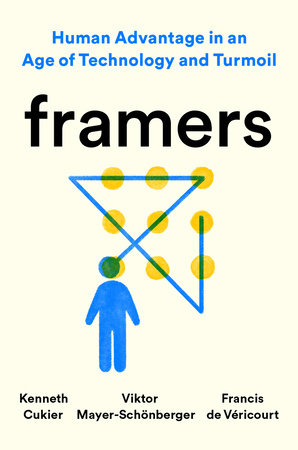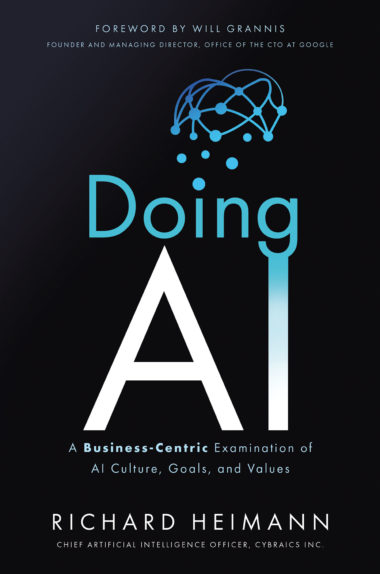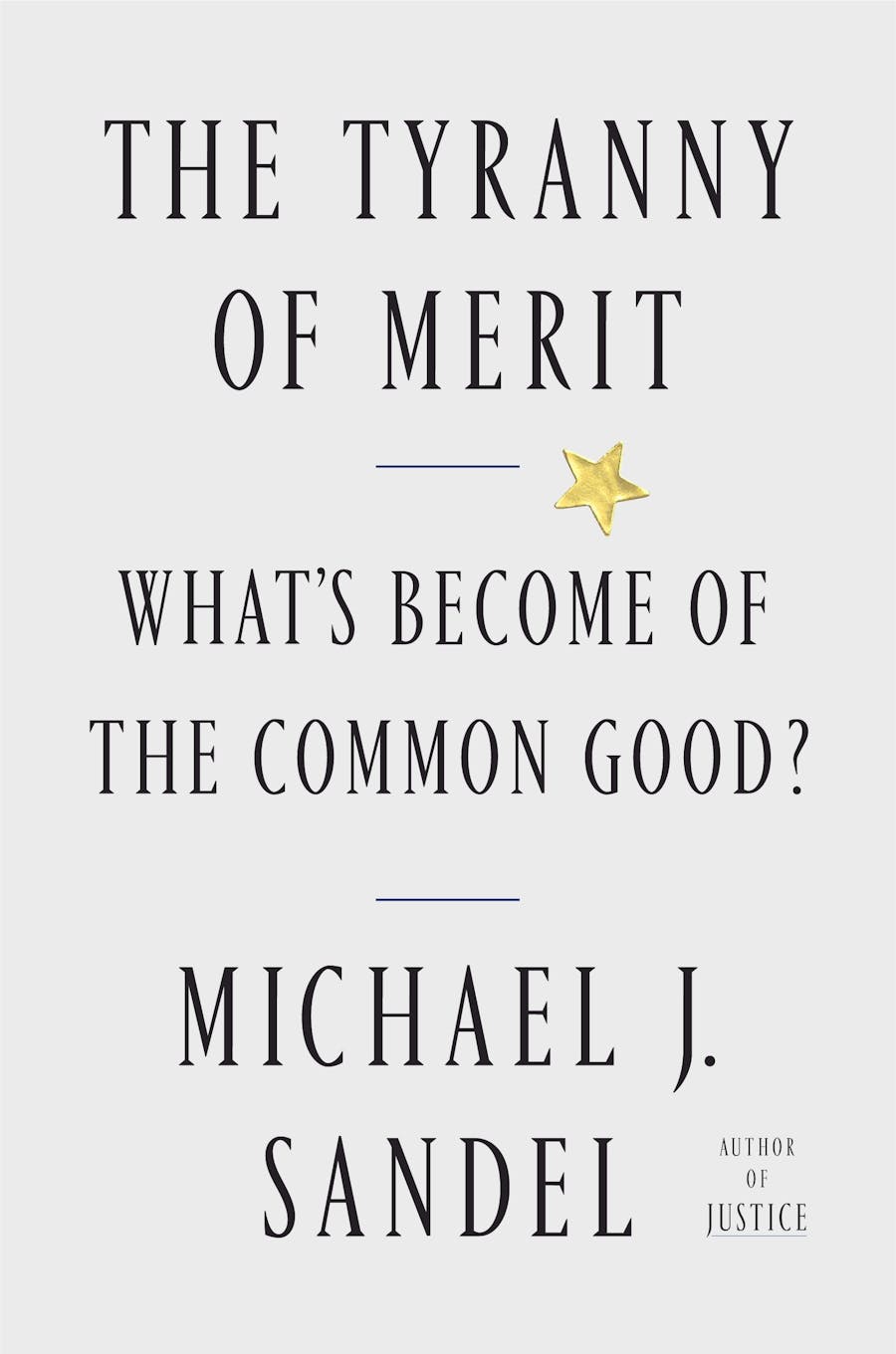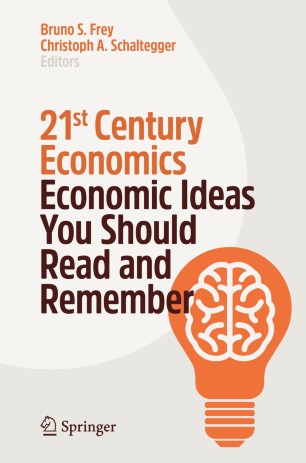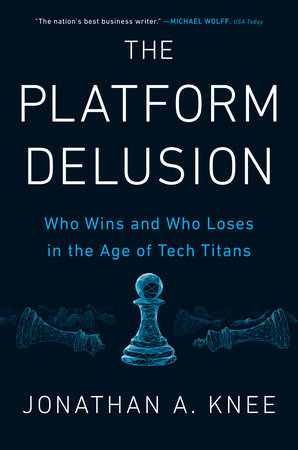Comparative Health Systems.A New Framework
08 de gener 2022
07 de gener 2022
AI everywhere (10)
Atlas of AI. Power, Politics, and the Planetary Costs of Artificial Intelligence
Artificial intelligence is not an objective, universal, or neutral computational technique that makes determinations without human direction. Its systems are embedded in social, political, cultural, and economic worlds, shaped by humans, institutions, and imperatives that determine what they do and how they do it. They are designed to discriminate, to amplify hierarchies, and to encode narrow classifications. When applied in social contexts such as policing, the court system, health care, and education, they can reproduce, optimize, and amplify existing structural inequalities. This is no accident: AI systems are built to see and intervene in the world in ways that primarily benefit the states, institutions, and corporations that they serve. In this sense, AI systems are expressions of power that emerge from wider economic and political forces, created to increase profits and centralize control for those who wield them. But this is not how the story of artificial intelligence is typically told.
The standard accounts of AI often center on a kind of algorithmic exceptionalism—the idea that because AI systems can perform uncanny feats of computation, they must be smarter and more objective than their flawed human creators.
06 de gener 2022
Framing
Framers: Human Advantage in an Age of Technology and Turmoil
Frames are mental models of the world that we use to understand problems, and to come up with new or refined solutions. As a tool, framing has always been with us. But as long as we were focused on traits like memory and reasoning that were more obviously essential to human cognition, framing didn’t get much attention. Now that computers have become better at some of those cognitive tasks, framing stands out as a critical function—one that matters more than ever because it can’t be handed off to the machines.
Framing means dreaming with constraints, letting your mind wander in a methodical and structured way, or wondering how old tools could be applied to new problems. FRAMERS shows how framing will not just be a way to improve how we make decisions in the era of algorithms, but will be a matter of survival for humanity in the coming age of machine prosperity.
A guide to working with frames
I. Harness mental models
- Framing happens all the time but can deliberately be used to improve decisions.
- Identify and inspect the assumptions in your mental models.
- Ask “why” and “how” questions: Why did you reach this conclusion? How must the world work if you anticipate this happening?
- Imagine how a wise friend, a historical hero, or a rival might frame a certain challenge.
- Ask yourself what would need to change for you to want to frame a situation differently.
- When your views clash with another’s, try to characterize the underlying way they see the world.
II. Dream with constraints
- Applying a frame is about swiftly and efficiently identifying appropriate options.
- Focus on those elements that are most easily changeable.
- Start by making minimal changes to your constraints, and gradually contemplate more elaborate modifications.
- Be careful to remain consistent by weighing whether the change contradicts any underlying assumptions or beliefs.
- Embed constraints in a physical model if it is too difficult to keep all of them in mind at once.
III. Reframe wisely
- Switching to an alternative frame lets you see the world differently, but it is risky.
- See if you already have a frame in your repertoire that will work.
- Try repurposing a frame that you can apply from a different domain.
- Invent a new frame as a last resort, since it’s the hardest option.
- Keep in mind the trade-offs between tight frames (fast but limited) and broad ones (comprehensive but time-consuming).
- Don’t reframe repeatedly, since it leads to disorientation.
IV. Conditions matter
- We can improve our framing through cognitive diversity.
- Develop a curiosity for the unfamiliar to continually challenge your worldview.
- Be willing to accept tensions among frames: they are less an indication of faulty reasoning than of the complexity of reality.
- Speak the truth, even when it is not comforting for individuals or organizations. The courage is respected by those who matter.
- Seek dissent rather than confirmation.
- When deciding in teams, have each person frame the problem independently before sharing views and deciding as a group.
V. Think beyond yourself
- The role of society is to ensure frame pluralism to produce optimal responses in times of change.
- Strive to see the colorful; don’t be color-blind. Speak openly but respectfully about differences.
- Regard societal friction as an advantage, not a drawback.
- Use education to instill respect for others’ frames.
- Promote a commingling of cultures as a way to foster imagination, innovation, and dynamism in a society.
- Reject anything that presents itself as a single frame to encompass all of reality.
05 de gener 2022
AI everywhere (9)
The Feeling Economy. How Artificial Intelligence Is Creating the Era of Empathy
We have seen that artificial intelligence (AI) is in the process of ushering in a new era that will have profound implications for how humans work and live. The emerging “Feeling Economy” is one in which AI assumes many of the mechanical and thinking tasks, leaving humans to emphasize feeling. Just as many people’s lives were transformed in the 1900s by the industrial revolution and automation, people’s lives are now again being transformed.
The transformation in the last century was from physical and mechanical tasks to thinking tasks. In the twenty-first century, the transformation is from thinking tasks to feeling tasks. Artificial intelligence is developing in the order of (a) mechanical, to (b) thinking, to (c) feeling. Mechanical AI is easiest, and is mostly accomplished already. Thinking intelligence is next easiest, and is an area of strong current innovation. Feeling intelligence is the hardest for AI, and competence in that is probably decades away.
The main thesis of this book is: As AI assumes more thinking tasks, humans will emphasize feeling. Our research, both theoretical and empirical, provides initial support for this thesis.
04 de gener 2022
AI everywhere (8)
Doing AI: A Business-Centric Examination of AI Culture, Goals, and Values
A common external goal for artificial intelligence is cognitive plausibility. That is, in order to qualify as “real,” a solution must solve intelligence in much the way humans are intelligent. When it is discovered that a solution is not anthropomorphic enough, many dismiss the accomplishment. In other words, how insiders solve puzzles is as important as how they define puzzles.
Is AI About Simulating the Brain?The answer is sometimes, but not always. However, many insiders believe that if a solution looks like the brain, then it might actually act like the brain. When a solution doesn’t act like the brain, insiders conclude that the solution teaches them nothing about the brain or intelligence. Simulating the brain effectively requires insiders to reverse engineer it. The so-called inverse problem is the process of calculating from a set of observations the causal factors that produced them. In other words: starting with the answer and working backward to the question. However, reverse engineering the brain and studying intelligence will always be an exercise that is more complex, with much longer payoffs, than identifying and solving real-world problems.
30 de desembre 2021
29 de desembre 2021
28 de desembre 2021
27 de desembre 2021
26 de desembre 2021
Behavioral Insights (2)
Key message,
Over the past ten years, there has been increasing interest in the idea of behavioral insights. However, at some point, this interest may start to end and attention may go elsewhere. Other ideas may come along, with their own compelling claims. People may stop deciding to “bring in” behavioral experts, as Rory was for autonomous vehicles. If this is true, then the immediate priority should be to integrate behavioral insights into the standard way that policy is made or organizations are run. That would mean that the practices are resilient to people no longer asking for “behavioral” solutions.
In fact, you could argue that this is the ultimate goal of the behavioral insights approach. The idea of a “behavioral” solution or approach should become meaningless, since the principles will have become absorbed into standard ways of working. Since, as we said in chapter 1, most policies or services concern behavior, then this is just about improving the way that central function is performed—it is not some kind of optional extra. Rather than talking about “behavioral public policy,” we would just refer to public policy (or corporate strategy) done better. In a sense, stopping talking about behavioral insights may actually be a sign that its true promise has been fulfilled. Until then, there is more to do.
The idea of a “behavioral” solution or approach should become meaningless, since the principles will have become absorbed into standard ways of working.
25 de desembre 2021
Risk-sharing agreements for drugs (3)
Characterization of the Pharmaceutical Risk‑Sharing Arrangement Process in Catalonia
Table 1
Uncertainty type, scope, and considered variables for drug assessment
| Uncertainty type | Uncertainty scope | Considered variables |
|---|---|---|
| Clinical | Efficacy, effectiveness, and safety | Time frame |
| Clinical trial phase | ||
| Patient characteristics | ||
| Primary endpoint | ||
| Surrogate endpoints | ||
| Active comparator | ||
| Sensitivity analysis | ||
| Statistical analysis | ||
| Patient subgroup analyses | ||
| Time frames for treatment follow-up | ||
| Financial | BI and CE | Indication extension and concretion |
| Treatment regimen | ||
| Potentially replaceable treatments | ||
| Net financial impact of treatment inclusion/replacement | ||
| Potential use extensions | ||
| Other modifications in use of resources linked to new treatment | ||
| Availability of CE or CU studies |
Adapted from [14]
24 de desembre 2021
23 de desembre 2021
20 de desembre 2021
Sick individuals and sick populations
Sick individuals and sick populations
Individus malalts i poblacions malaltes
Una crítica de l’estratègia poblacional de Geoffrey Rose en la medicina preventiva
Rose's Strategy of Preventive Medicine
És part integral de la bona medicina preguntar no tan sols “Quin és el diagnòstic i quin és el tractament?” sinó també “Per què ha succeït això?” i “Es podia haver previngut?”. Aquesta manera de pensar és la que orienta pràcticament tota la recerca clínica i de laboratori sobre les causes i els mecanismes de la malaltia.
Geoffrey Rose


